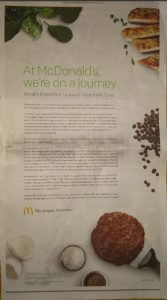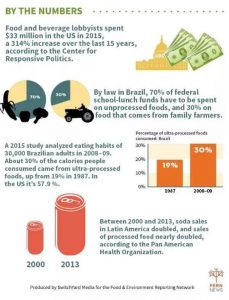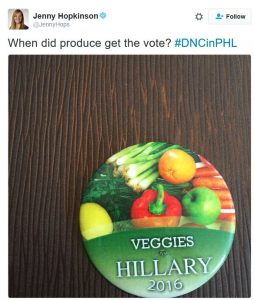The latest in food politics: marijuana-infused edibles
JAMA Pediatrics has just published a report that cases of marijuana intoxication in young children has increased since the drug was legalized in Colorado. The authors are careful to note that the number of cases is small relative to those that occur in kids consuming pharmaceutical drugs or household cleaning products, but the trend is not good.
Nearly half the cases occurred in kids eating foods in which THC (tetrahydrocannibinaol) is a prominent ingredient:
Known marijuana products involved in the exposure included 30 infused edible products (48%): 17 baked goods (cookies, brownies, and cake), 10 candies, and 2 popcorn products…. Ingestion of edible products continues to be a major source of marijuana exposures in children and poses a unique problem because no other drug is infused into a palatable and appetizing form. These palatable products are often indistinguishable from the noninfused products.
Dosing a drug in a “serving size” less than typically recommended for an equivalent food product also can be a source of confusion. For example, a marijuana chocolate bar can contain multiple 10-mg THC single-dose units. In adults, overconsumption of edible projects is associated with an increase in ED visits resulting from dysphoric reactions, panic attacks, and anxiety. Edibles have also been blamed for 3 adult deaths in Colorado.
Pot-laced popcorn?
One concern is that the infused edibles look like normal foods. You have to read the fine print to see the THC label.
And they are not likely to go away. THC-edibles are big business. They accounted for 45% of marijuana sales last year, according to the Denver Post.
Dr. Christopher Colwell, chief of emergency medicine at Denver Health Medical Center…estimated there was a fivefold to tenfold increase in the number of patients — including a sharp rise in the number of adolescents and teenagers — arriving at the hospital after consuming part or all of a marijuana edible.
Colwell said he expected an increase in the number of marijuana cases. But he said he was surprised and concerned with the higher potency of THC in the edibles and the more severe symptoms it can cause.
Users: be careful.
Parents: keep the brownies away from kids.
I’m guessing we will be hearing a lot more about this issue.


 Manufacturers answer FAO’s call to increase pulse consumption in 2016 with new bean-based snacks
Manufacturers answer FAO’s call to increase pulse consumption in 2016 with new bean-based snacks





